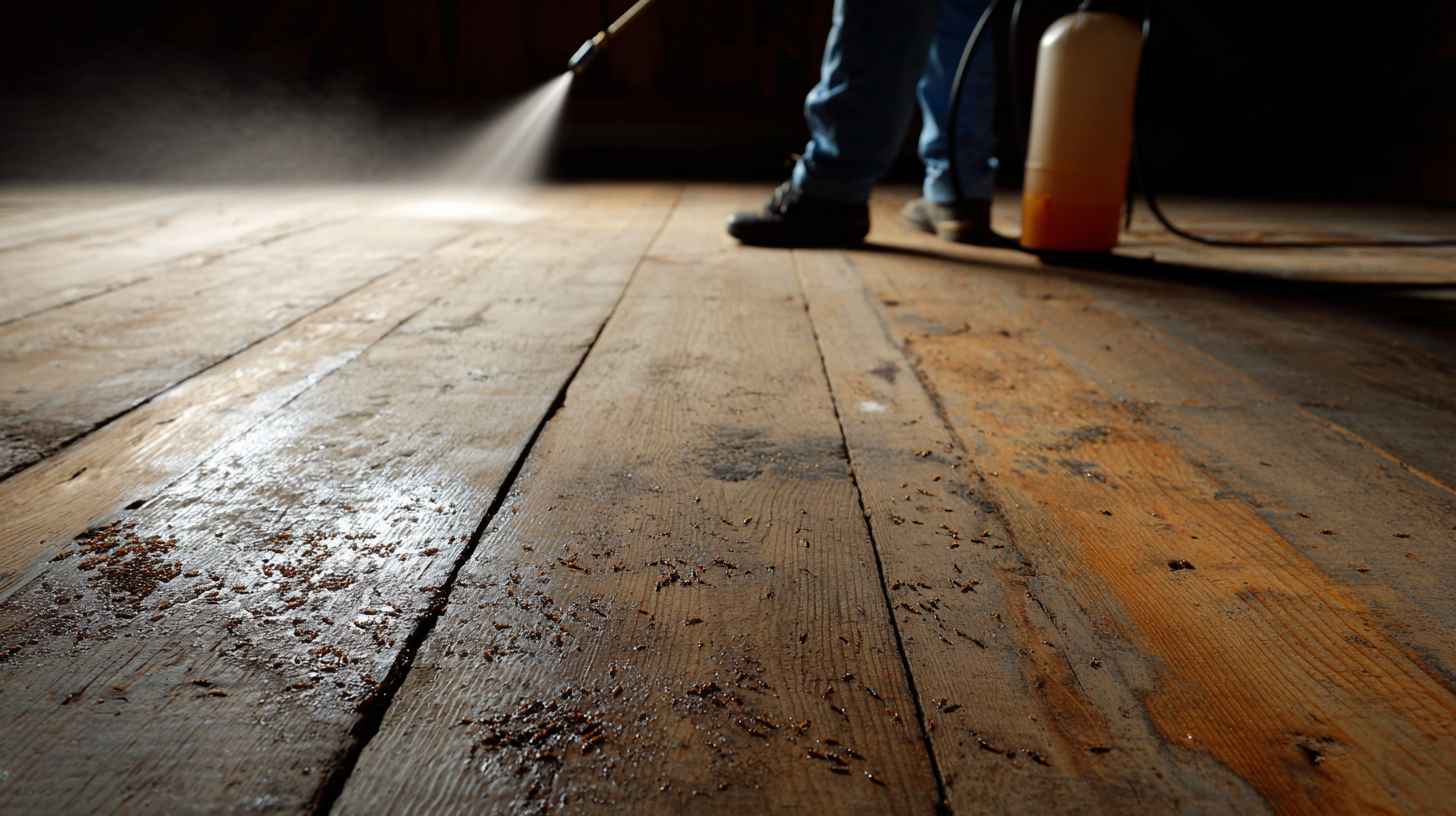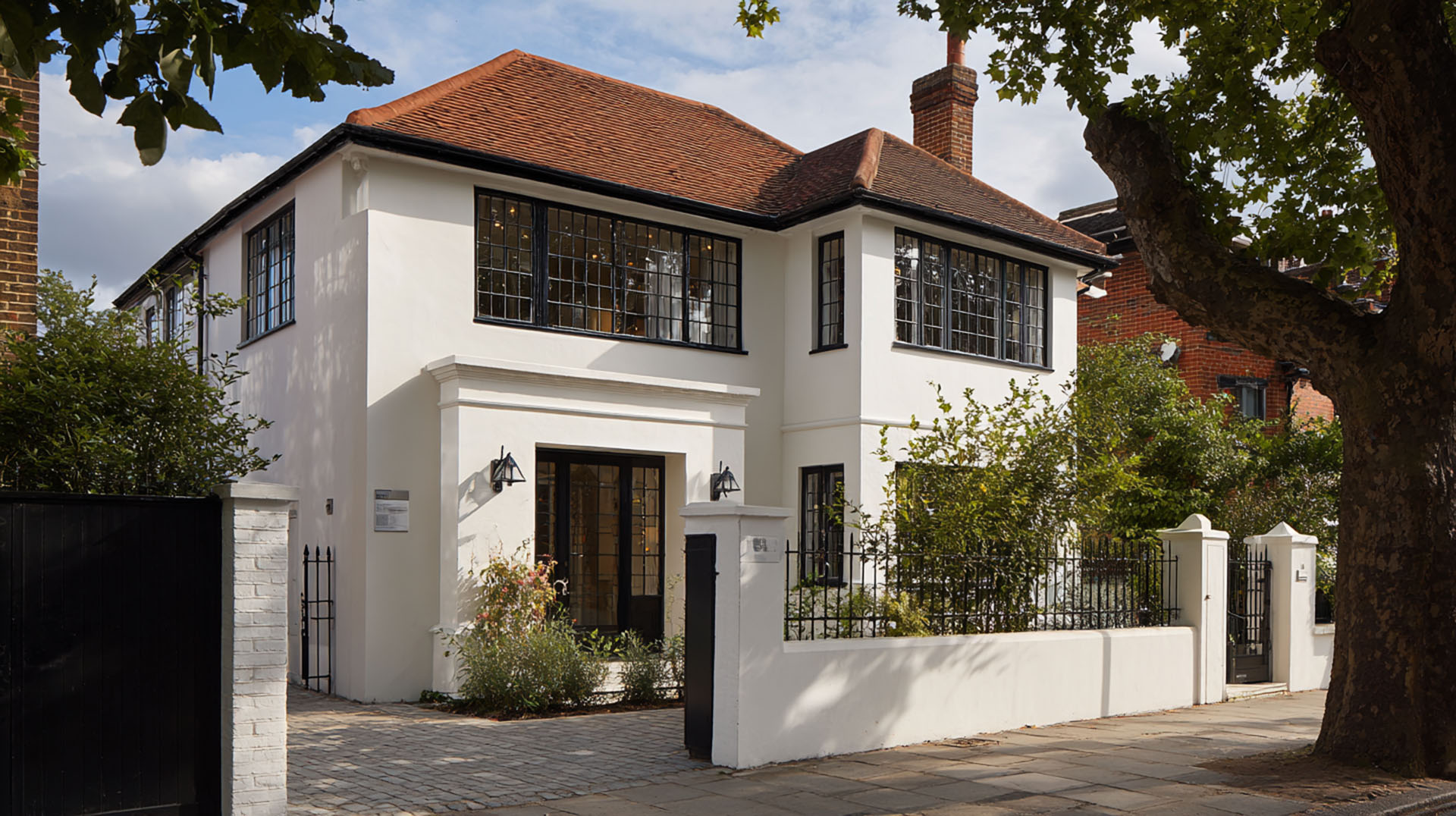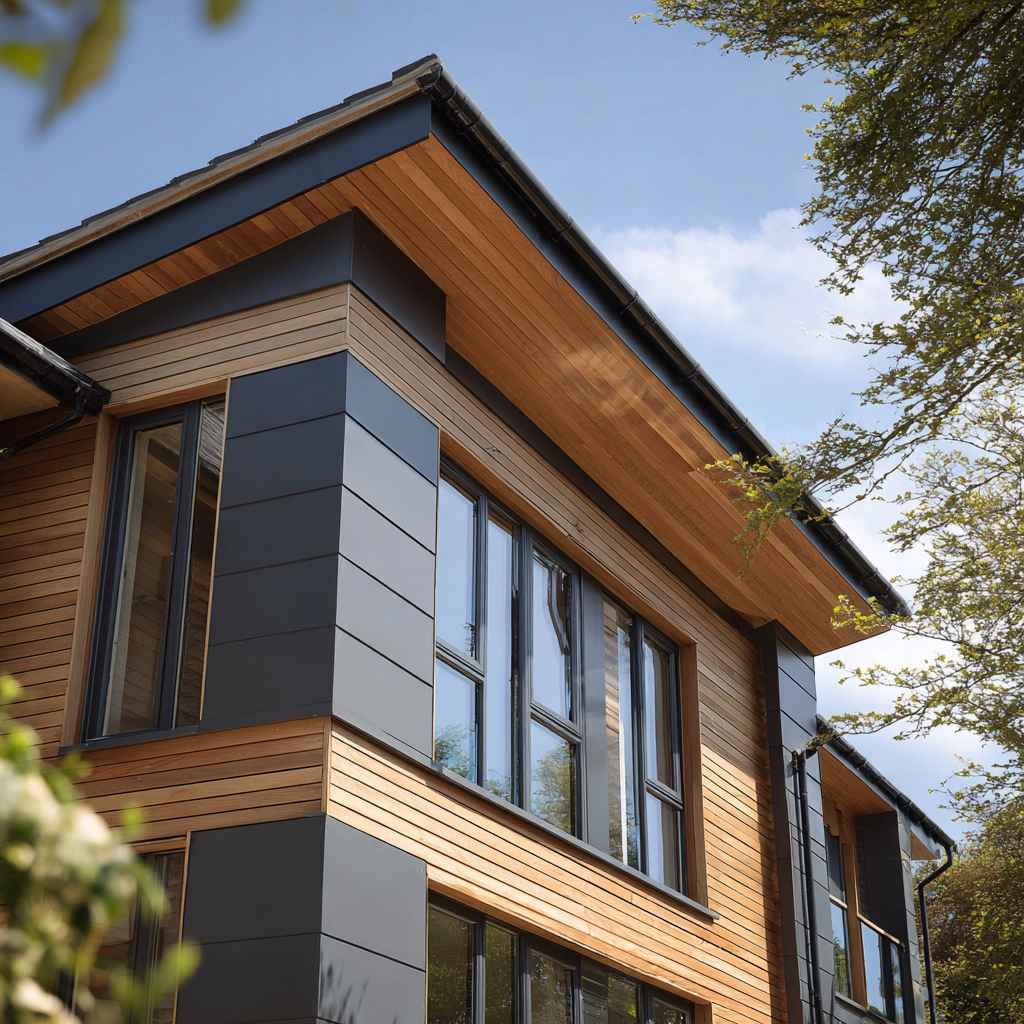Key Take Aways
What woodworm is: A term for the wood‑eating larvae of various beetles (e.g., common furniture, deathwatch, powderpost), which infest moist wood causing structural and cosmetic damage.
Signs of infestation: Tiny boreholes (typically 1–1.5 mm) and frass (powder) around them indicate active larvae; adult beetles may emerge in summer.
Common targets: Species favour softer or damp sapwood in floorboards, roof beams, furniture and other indoor timber.
Treatment options: Insecticidal sprays or creams, often injected into timber, effectively kill all life stages; more intensive methods include heat, freezing or low‑oxygen treatments.
Single treatment may not suffice: Due to long larval lifecycles (up to 5 years), periodic monitoring is essential even post‑treatment.
Follow‑up prevention: Keep wood dry and well‑ventilated to deter future infestations, and inspect regularly for early signs
Especially in older properties around the UK, woodworm beetles can be a stressful issue for homeowners. The damage made by these microscopic beetle wooden structures, like floorboards, requires brief activity and powerful treatment. This article is to give a careful picture of woodworm beetles, their consequences for floorboards, and sensible methods for managing woodworm beetles in the UK. However, its name recommends worms; woodworms are actually the larvae of wood-boring beetles. These beetles lay eggs in wood, and the subsequent larvae tunnel through it as they eat, in this manner progressively eroding its structure.
What are Woodworm Beetles?
Woodworm beetles are tiny insects whose larvae dive into wooden surfaces and consume the cellulose inside. Against their name, they are really the larval phase of a few wood-boring beetle species, as opposed to worms. These beetles regularly lay eggs in cracks or crevices of wood, and after hatching, the larvae tunnel into the wood, constructing complex tunnel networks as they feed. Early identification and treatment are fundamental to forestall serious damage to floors, furniture, and other wooden structures in homes all around the United Kingdom, as this movement over the long haul weakens the underlying integrity of wooden materials.
Identifying Woodworm in Floorboards
The floorboards of homes are one of the most widely recognised places where woodworms can be found. With basic admittance to the wooden substrate and frequently a level of darkness and humidity larvae desire, these areas offer an ideal environment for beetles to lay their eggs. Small, round exit holes with a measurement of around 1-2 mm and fine residue around them are indications of woodworm in floorboards.

Types of Woodworm Beetles Found
Various species of wood-boring beetles, each with unique traits and ways of behaving, pose a hazard to wooden structures in the UK.
- Common Furniture Beetle (Anobium punctatum): This beetle is common in the UK and infests softwoods like pine and spruce, as well as a few hardwoods utilised in construction and furniture. It enjoys timber with a moisture content of over 12%.
- Deathwatch Beetle (Xestobium rufovillosum): This irritation is common in more seasoned, wet wood, especially in antiquated structures with oak and other hardwood components. It is connected to environments with high humidity and loves wood that has recently experienced rot.
- House Longhorn Beetle (Hylotrupes bajulus): However more uncommon, this beetle can truly damage fragile woods, particularly roof timbers. It is attracted to new softwood timber with a high moisture content, which is habitually tracked down in roof regions and new structures.
- Wood-Boring Weevil (Euophryum confine): Normally plagued softwoods like spruce and pine. Found in both underlying timbers and furniture, it cherishes high moisture content timber and can cause damage practically identical to other wood-boring beetles.
Risks Associated with Woodworm Infestations
In homes, woodworm infestations genuinely compromise the structural uprightness and safety of wooden components. Wood-boring beetle larvae decline the strength and solidness of cellulose after some time as they feed on it inside timber. This can cause structural instability in floorboards, joists, and other wooden components, which could endanger the entire design of the structure. Severe infestations, whenever left untreated, may require costly repairs or replacements of the harmed wood.
Moreover, the presence of woodworms can reduce property values and create inquiries regarding habitability and safety. To reduce these dangers and broaden the life expectancy of wooden structures in UK homes, brief revelation and the right treatment are pivotal. Normal woodworm inspections and proactive management techniques are fundamental for early woodworm action identification and fast intervention to forestall harm and safeguard property estimation.
Treatment Options for Woodworm in Floorboards
Great treatment of woodworm UK infestations in floorboards requires various determined activities to ensure destruction and protection:
- Identification and Assessment: The most important phase in deciding the kind of woodworm beetle infestation is to distinguish it. The right treatment strategy and the degree of the mediation are still up in the air at this stage.
- Insecticide Application: Directly treat afflicted floorboards with a suitable pesticide. Ensure total coverage, especially for wood leave openings and encompassing wood surfaces where larvae can be present. To ensure the most elevated level of adequacy and security, consistently follow manufacturer instructions.
- Timber Treatment: Following insecticide splashing, treat all the influenced timber with a wood preservative. Erecting a wood defensive hindrance against forthcoming wood exhausting bugs helps prevent reinfestation. To ensure enduring wood protection, select a preservative that profoundly penetrates the wood.
- Woodworm Beetles: Increase ventilation in the affected region to lower humidity levels, as woodworm beetles prefer damp conditions for breeding. Manage any fundamental moisture issues right once to stop more infestation.

Prevention Measures to Protect Against Woodworm
To safeguard wooden structures from woodworm UK damage, proactive moves should be made:
- Regular Inspections: Regular inspections of wooden components, particularly in more seasoned structures or moisture-prone environments, are significant. Small wood leave openings, fine wood dust (frass), or feeble areas in the wood ought to be generally searched for. Early discovery empowers fast intervention before infestations gain out of influence.
- Controlling Moisture: Keep up with ideal indoor humidity levels and pay fast attention to any breaks or damping sources. Keeping lumber dry and very much ventilated discourages the presence of woodworm beetles, which are attracted to wet environments.
- Surface Treatments: Apply defensive coatings like varnish, paint, or wood sealants to uncovered wooden surfaces. These treatments establish an actual boundary that makes it difficult for boring beetles to lay eggs and penetrate the wood. Ensure all surfaces, floorboards, furniture, and structural timbers are adequately fixed to diminish the chance of an infestation.
Conclusion
Woodworm beetles require proactive endeavours to recognise, treat, and forestall infestations, particularly in floorboards. In the UK, homeowners might safeguard their wooden structures from the destructive effects of woodworms by concentrating on the way these insects behave and carrying out proper treatment and prevention methods. The honesty and life span of wooden components in homes all around the nation should be protected through regular support and brief intervention.







